Shortest Path on Mesh
In this grasshopper example file by defining a series of points you can create a pattern on a mesh based on the shortest path between two points.
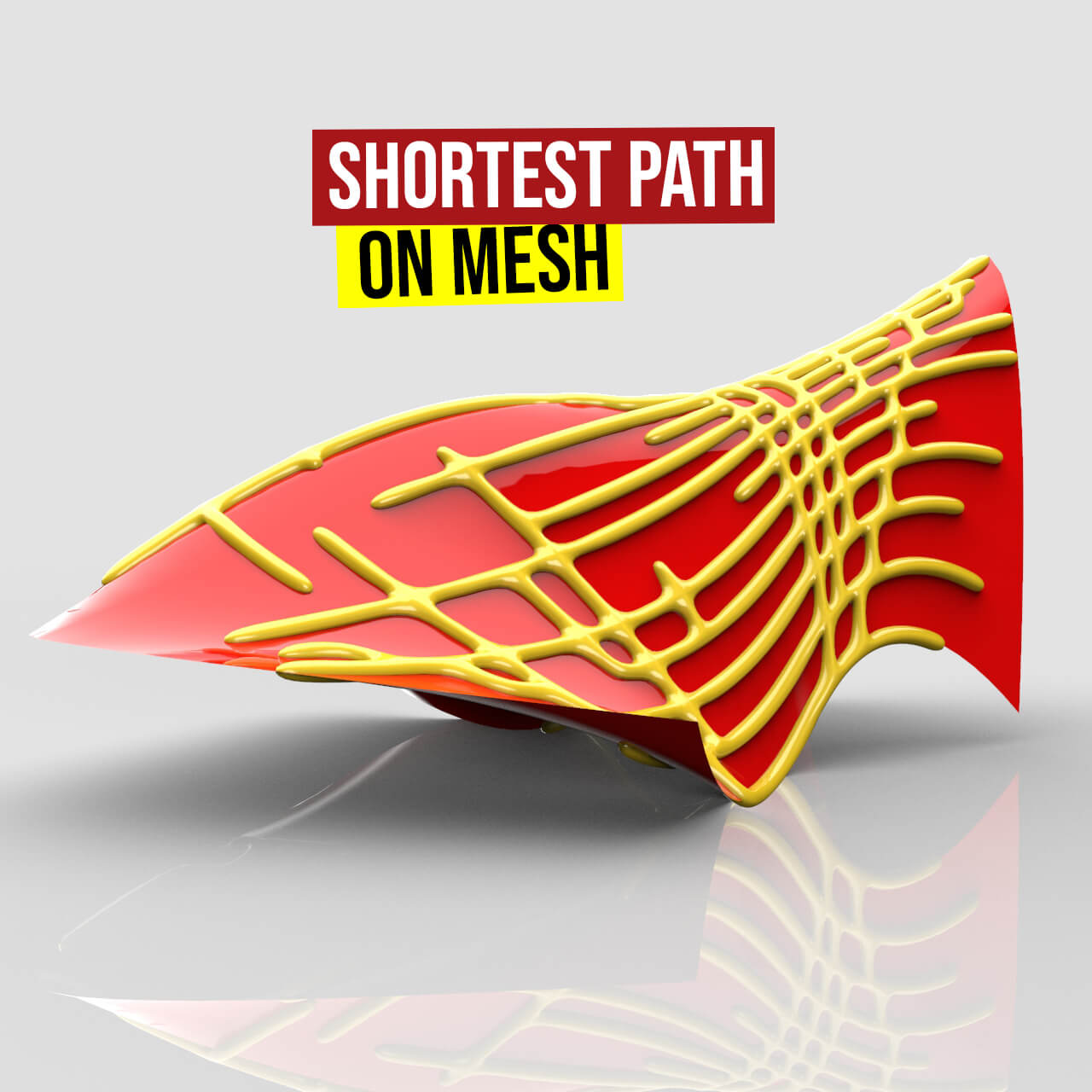

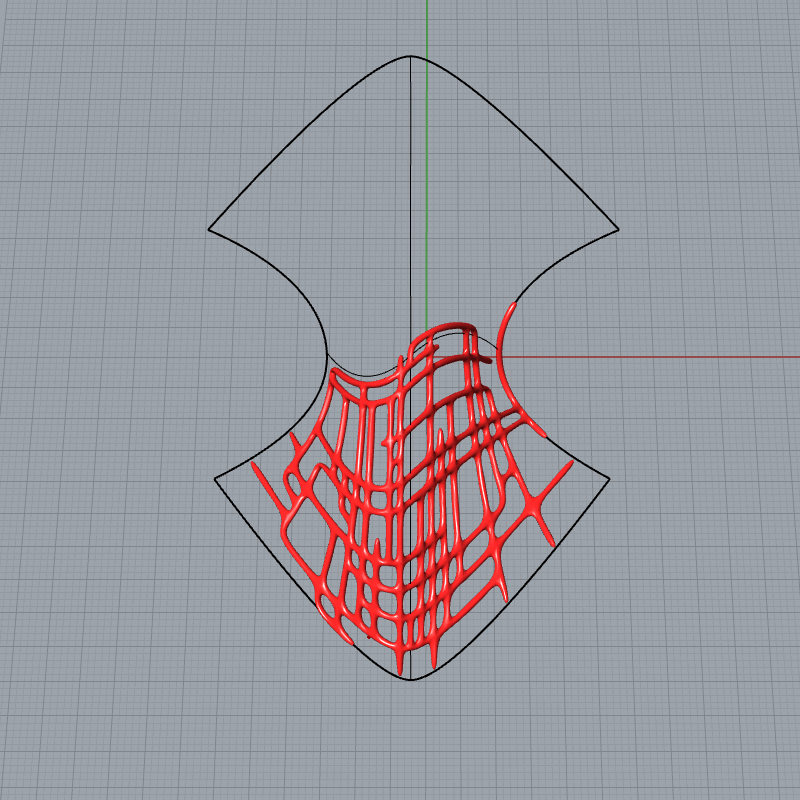
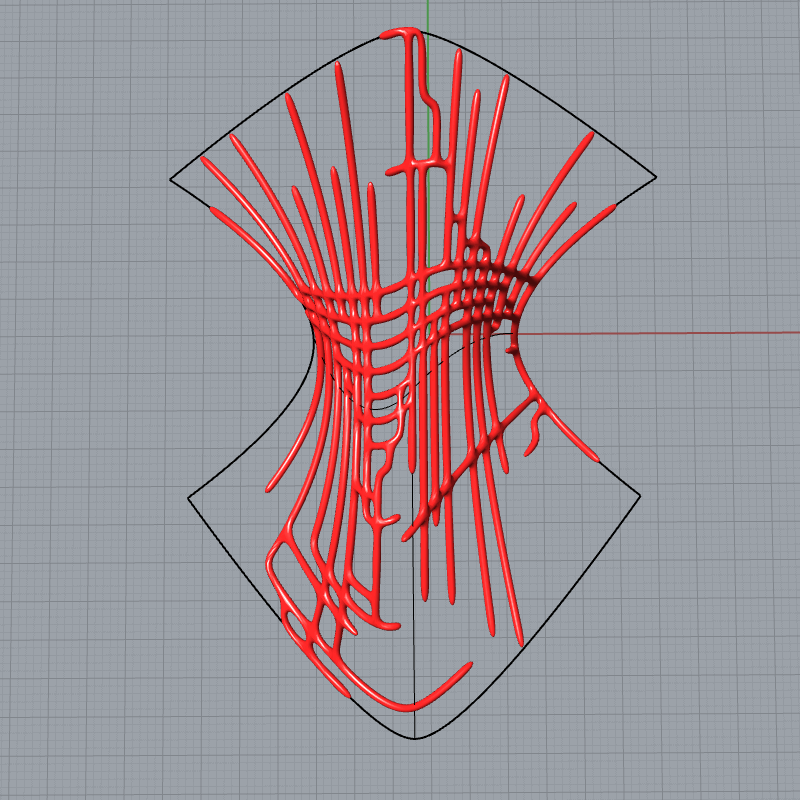
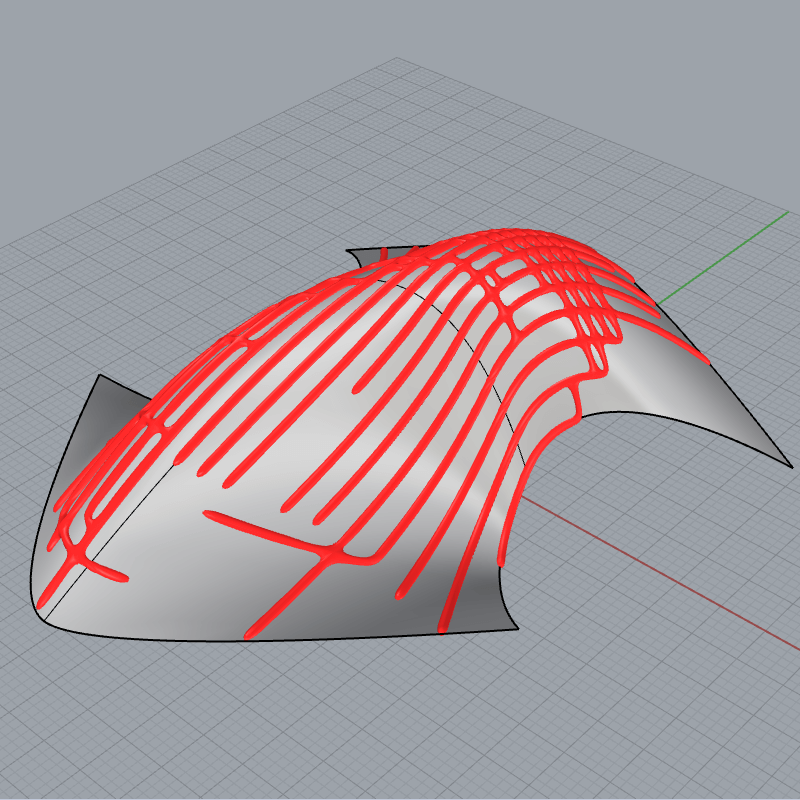

In this grasshopper example file by defining a series of points you can create a pattern on a mesh based on the shortest path between two points.







In this Grasshopper example file you can design a parametric Louver facade using the Pufferfish Plugin.
In this Grasshopper example file you can design a parametric building using the native grasshopper components.
In this Grasshopper Dendro tutorial, you can learn how to create a growing mesh by defining a series of spin fields on a NURBS surface using the Heteroptera plugin.
In this Grasshopper Tutorial for beginners you will learn how to use the Sphere collide component to generate evenly distributed holes on a NURBS surface.
In this Grasshopper Kangaroo example file, you can circle pack a mesh using the "TangentIncircles" component.
In this Grasshopper example file, you can utilize the Nautilus plugin to design a parametric Twisted Torus.
In this Grasshopper example file, you can model twisted torus strips and convert them into a spaceframe and panels using the Lunchbox Plugin.
In this Grasshopper example file, you can convert a series of curves into a mesh with a 3d groove pattern using the Nautilus and Weaverbird plugins.
In this Grasshopper tutorial, you will learn how to model a parametric joint on the corners of a box with controllable parameters.
In this Grasshopper example file, you can simulate an optimized path from an origin point/points toward a set of targets. The strategy involves branching at diverging points.
In this Grasshopper example file, you can model a staircase detail drawing from the plan view and easily change the parameters.
In this Grasshopper example file, you can design a parametric facade using four different techniques.
In this Grasshopper contour tutorial, we will learn how to extract a series of solids from a part of a mesh by defining the direction and length with a single line.
In this Grasshopper Millipede tutorial, you can learn how to model a series of smooth connecting columns to a roof and then analyze it using Millipede's Finite Element Analysis.
In this Grasshopper Kangaroo tutorial, you can discover how to simulate the flow of a series of particles on a solid and then convert it into a mesh.
In this Grasshopper tutorial, you can learn how to generate Perlin noise on a surface and convert it into a solid.
In this Grasshopper tutorial, we will learn how to generate a structural grid from a series of grid points.
In this Grasshopper tutorial, we will explore how to create a simple parametric gear and a radial mechanism, and also include an example file for the Iris mechanism.
In this Grasshopper tutorial, we will learn how to create a series of parametric solids using the "Tangent Arcs" component.
In this Grasshopper tutorial, we will model a parametric brick wall on a NURBS surface with a rectangular projection. We can also adjust the thickness of the bricks based on point attractors.
In this Grasshopper Kangaroo tutorial, we will model a parametric mesh pavilion by simply defining the top curve and the location and profile of the columns.
In this Grasshopper Kangaroo tutorial, we will learn how to create a mesh with controllable anchor points and n-gon polygons.
In this Grasshopper Architecture tutorial, we will model a parametric building facade and create a checkerboard pattern on the panels.
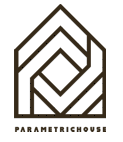
Comments
Cfeldman
I would like “the result obtained” to be even a little more faithful to the original surface, how can I control that? I like this example to work on a model, but to make it more faithful to the original surface, should I implement that? I have tried to move the points, place them in the center of the surface … but still, the result seems quite randomized, and sometimes I even lose a part of the original surface, or part of it is not covered by the new tuveria. Could you help me to solve this? Thank you.
Cfeldman
for example, in the recent Curve Growth Tutorial …. one can perfectly recognize the surface sphere of origin, since the curve grew to define the sphere by means of the created pipe, …. but here, …. Although there is an original surface, the pipe created sometimes does not cover or redefine the created surface “100%”, but only in part, due to the position of the points? …. o How to adapt this exercise to recognize 100% the original shape?. [for example, I use this definition, to create a new green skin, for a Formal “Base” architecture …… ok …. but I would need the new covering skin to cover 100% of the base shape and not just a random portion of it. So how to do it? —I can send images from my pc, of this, but not from where I am now —-. Greetings & Help pls